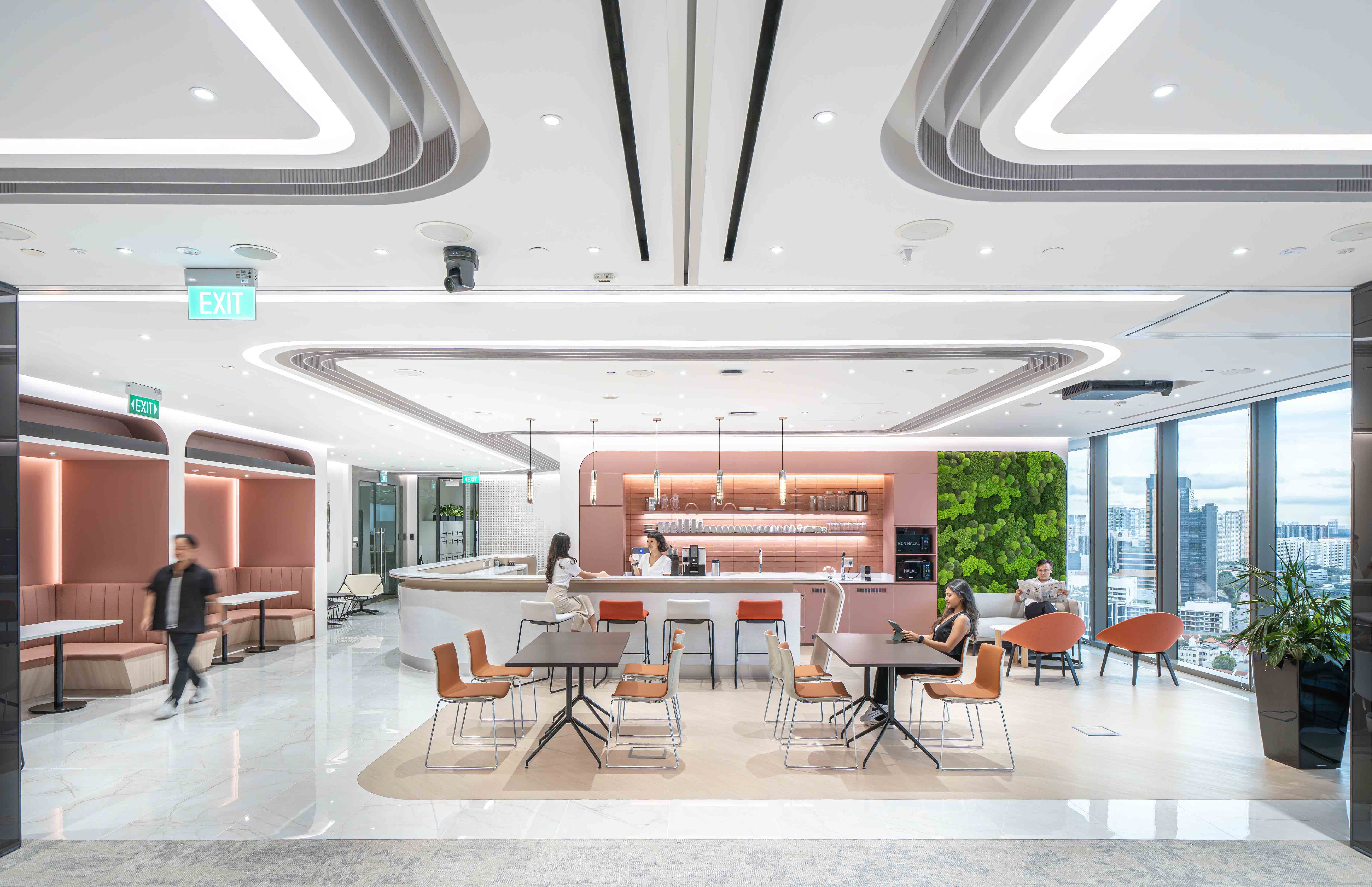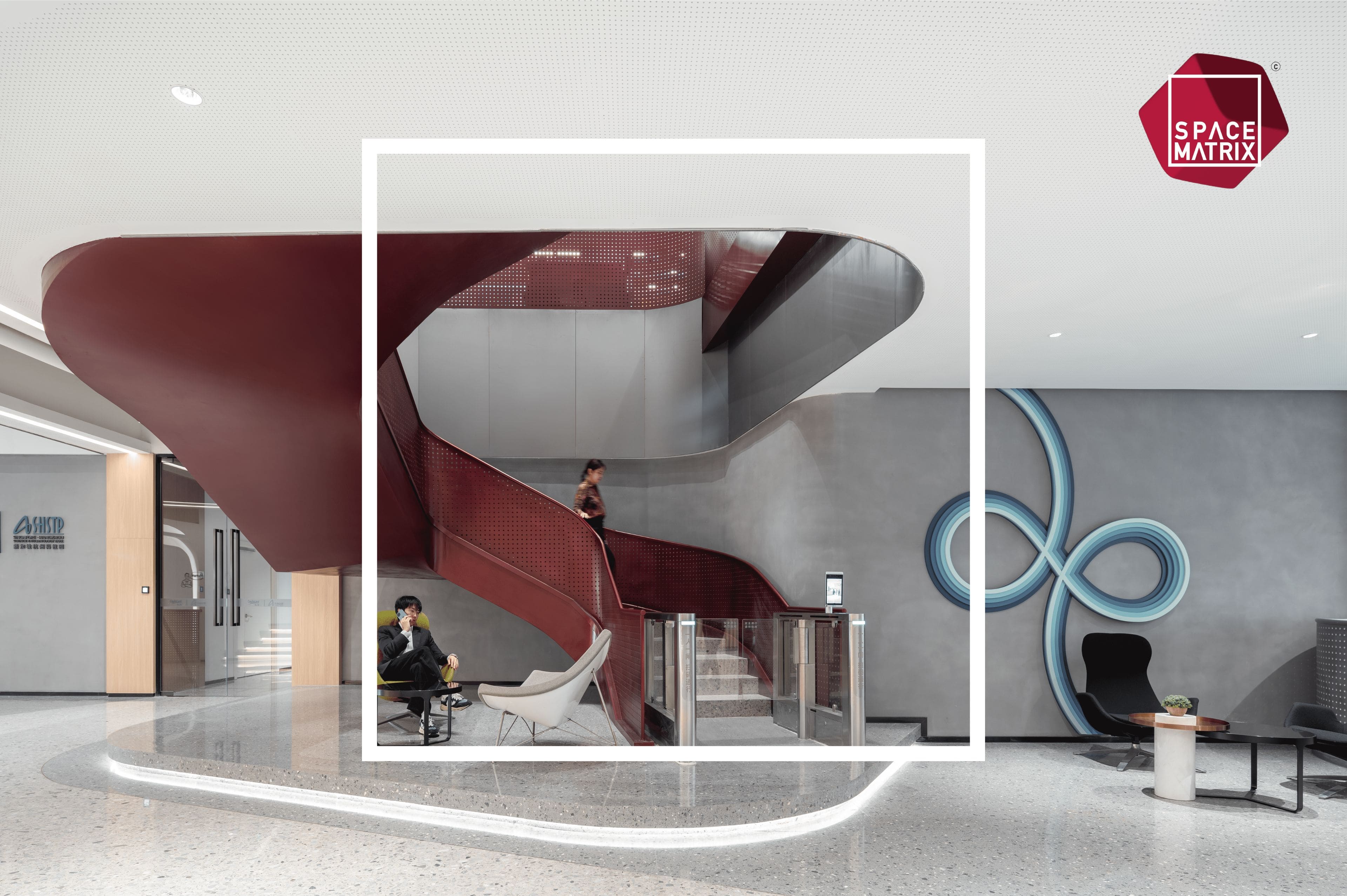How IoT (Internet of things) is shaping the smart office of the future
Imagine an office that automatically opens the door upon your arrival, adjusts the internal temperature by taking cues from the weather outside and sets the electric kettle on the boil for that morning cuppa. That is just the bare minimum that Internet of Things (IoT) can help you with at the office.
Workspaces are evolving to incorporate IoT-enabled devices so that almost all aspects of an office space are all data-enabled and driven. This will help cut costs and create more efficient ways in which companies can drive business.
Responsive workspaces
IoT-enabled office spaces would look and ‘act’ quite differently from the present ones. This means that everything from the furniture to the copier will be connected through IoT.
One of the advantages of an IoT-ready workspace is efficiency. For example, IoT-connected appliances would actively contribute towards cost conservation and optimal utilisation of resources, like the LED lights in a meeting room going off as soon as people vacate it. Also, smart devices, with the help of motion sensors, would let employees find a vacant meeting room and locate their co-workers.
IoT & Sustainability
IoT-ready workspaces would play a significant role in driving sustainability through the conservation of energy and precious resources in the following ways:
Energy conservation: Energy production takes a toll on the environment, mainly when over 70% of the world’s energy is produced by using non-renewable sources like coal and fossil fuels. IoT-equipped offices would significantly reduce the global workplace energy consumption by adopting intelligent lighting and smart indoor temperature management devices that work on motion sensors, automatically adjusting the lighting and cooling based on the number of people on the floor.
Reduction of e-waste: IoT helps track the lifespan of various devices and alerts the office manager of any replacement needs. This makes it possible to calculate parameters such as amount of energy being consumed and if the device needs to be replaced or repaired. For instance, before a component reaches the end of its lifespan, it can be sent to recyclers or e-waste management organisations such as Nokia Networks.
Proactive maintenance: An IoT-ready workspace will face no surprise outages as all connected devices would be continually monitored and any possible technical fault would be predicted. For instance, SAP’s Predictive and Maintenance Services uses in-memory technology and IoT to record and analyse large volumes of sensor data including the temperature, vibration, rotation speed and issues an alert before a breakdown.
Marrying workspaces with tech
Workspaces are evolving to embrace advancements in technology. Organisations are offering their employees means to work smartly with enhanced flexibility and mobility. With the advent of smart devices such as smartphones and tablets, workplaces are witnessing a sea of change in the way of working.
For example, productivity apps such as Evernote, sync with smartwatches to help employees manage their timesheets. This allows for easier management by eliminating the requirement to open a laptop to make any necessary changes.
Employees streamline their work and interact with their colleagues, customers and partners with the help of mobile apps and seamlessly access and store data in the cloud while on the move. This has completely changed the way people utilise the office space.
Tomorrow’s workspaces will not just be tech-enabled but will also offer multiple work settings to suit employees’ nature their work. For example, with the help of data gathered from motion sensors installed in IoT-ready workstations, office planners would gain precious data on the utilisation of office space, which would further help them in deciding on a mixed floor plan that includes open workspaces, casual seating areas and conference rooms.
IoT-propelled workspaces, ready to take over
IoT-enabled offices continually track and churn valuable insights on employees’ productivity as well as connect resources with devices and processes and vice-versa. This results in real-time access to information and analytics that are critical to making effective business decisions.
While revamping the entire office space may sound daunting to many businesses, companies can begin by converting a small part of their office and gradually scale up with IoT and technology across the workspaces.
Data-driven changes in workspaces
Setting the tone for workspaces of the future, organisations are getting warmed up to the idea of tracking all workplace-related data, including the way employees use the office infrastructure. With a better understanding of how the workforce spends its time in the office, IoT can further be deployed to improve the ways employees interact with their work environment. This will eventually lead to creating devices and methods that will improve cost efficiency, employee motivation and productivity levels.
For instance, IoT facilitates real-time inventory management, eliminating the need for excesses or breaks in inventory levels. Additionally, IoT-connected products are easier to track, which works wonders for the supply chain management.
Responsive environmental settings, on the other hand, ensure that employees experience a pleasant environment to work in, which boosts their motivation. For example, IoT-based thermostats not only adjust the room temperature based on the number of people working on the floor, they also monitor the air quality, triggering the air purifier automatically when needed.
Also, kiosks and IVR (Interactive Voice Response) systems help employees find a vacant conference room or locate a colleague which save time and increase productivity.
The future of IoT is promising with rising global acceptance as organisations gear up to incorporate IoT-enabled devices in workspaces. IoT will transform traditional working spaces to open, flexible, tech-enabled spaces. Moreover, IoT will be instrumental in the future-proofing of any workspace.
For over two decades, the Internet has changed the way we interact, learn and do business. When the forces of digital computing and analytics met Internet, businesses discovered vital insights that helped them increase productivity and efficiency levels to new heights. With IoT, organisations stand to witness unimagined levels of productivity and cost efficiencies.




